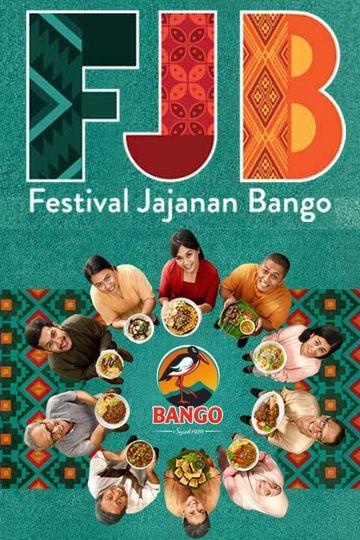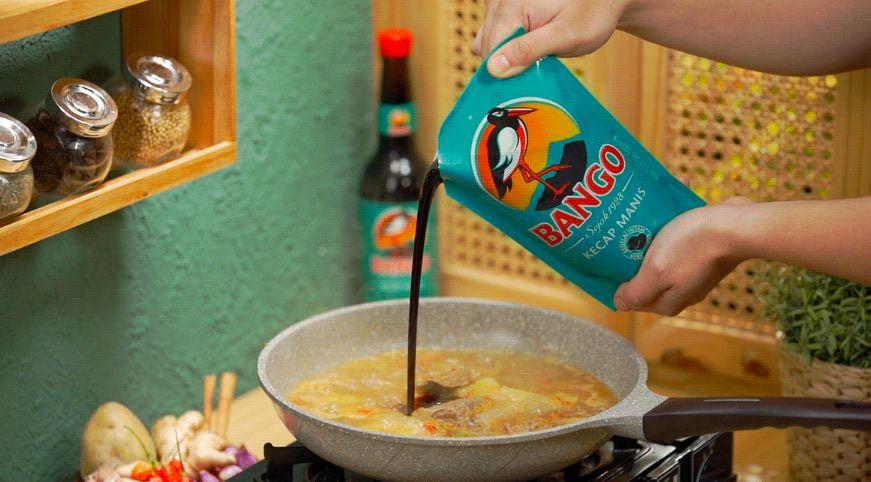

Kecap Bango Growth Initiative
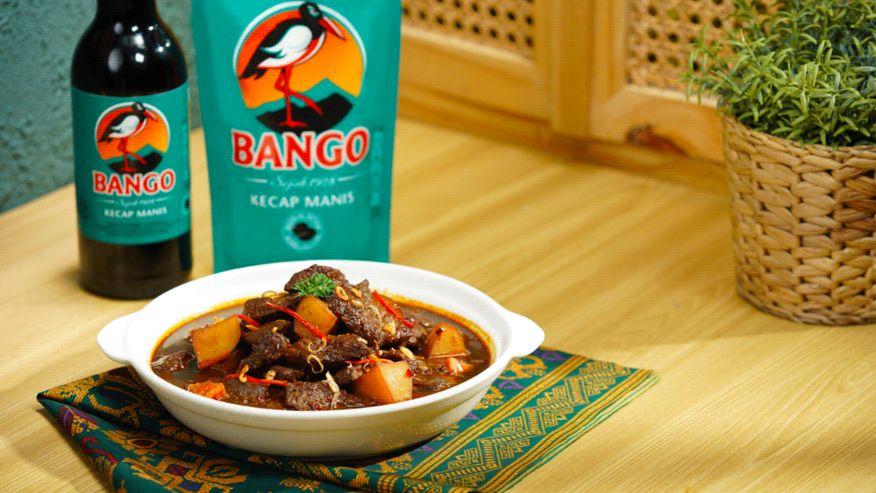
Objective
Objective:
● Primary Objective: Increase customer lifetime value (LTV) by 25% within 6 months.
● Secondary Objectives:
○ Increase purchase frequency by 40% within 3 months.
○ Boost average transaction value by 15% within 3 months.
○ Improve user retention rate by 20% over the campaign period.
Long-term Goals:
● Establish Kecap Bango as the top choice for soy sauce in Indonesian households.
● Build a loyal customer base with high engagement and frequent purchases.
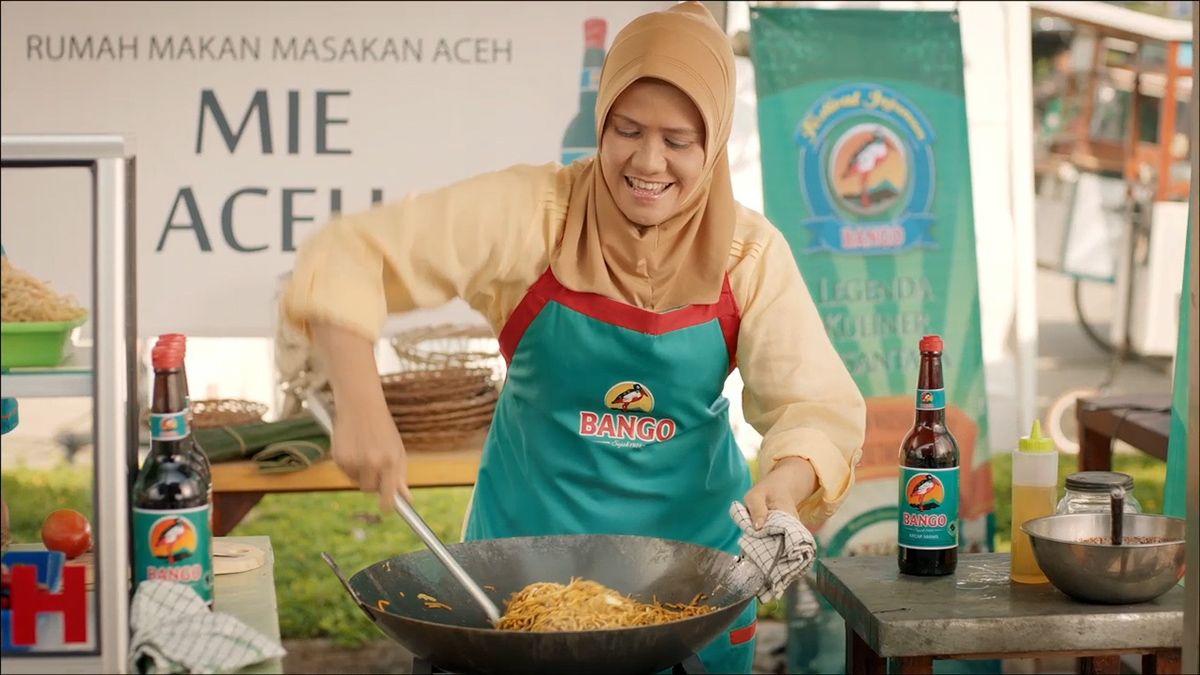
Audience
Audience:
1. High-Value Shoppers (20% of total customers):
● Profile: Frequently purchase Kecap Bango, have high spending levels, and show recent buying activity.
● Strategy: Focus on retention by offering exclusive promotions, upsell opportunities through product bundles, and early access to new flavors or recipe ideas.
2. Regular Shoppers (50% of total customers):
● Profile: Consistently purchase Kecap Bango with moderate spending patterns.
● Strategy: Drive increased purchase frequency by introducing new product lines, and incentivize loyalty with rewards and tailored promotions.
3. Lapsed Shoppers (25% of total customers):
● Profile: Have not made a purchase in the last 30 days.
● Strategy: Deploy reactivation campaigns using targeted discount offers and personalized messaging to re-engage these consumers.
4. New Shoppers (5% of total customers):
● Profile: Recently began purchasing Kecap Bango.
● Strategy: Attract and retain these customers with special onboarding promotions, first-time buyer discounts, and content that educates them on the product's various uses.
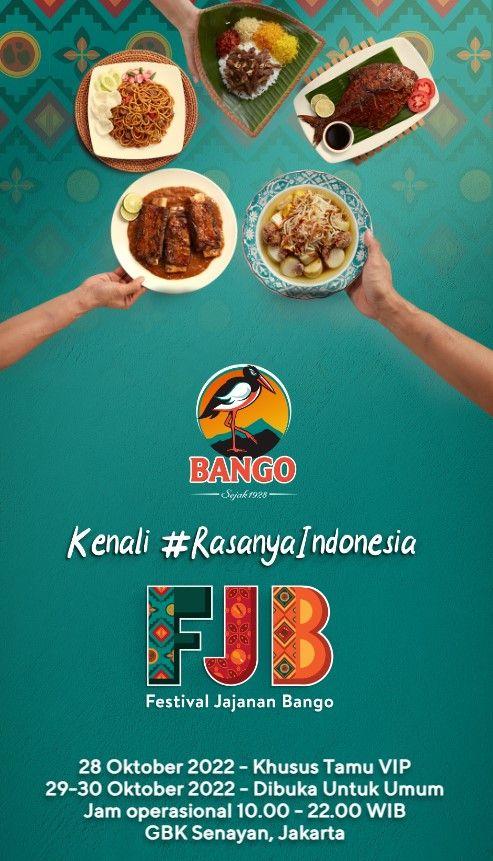
GROWTH OVERVIEW
Growth context:
● Provides insights into consumer purchase behavior.
● Enables targeted marketing efforts to boost engagement.
● Identifies high-value customers and potential churners.
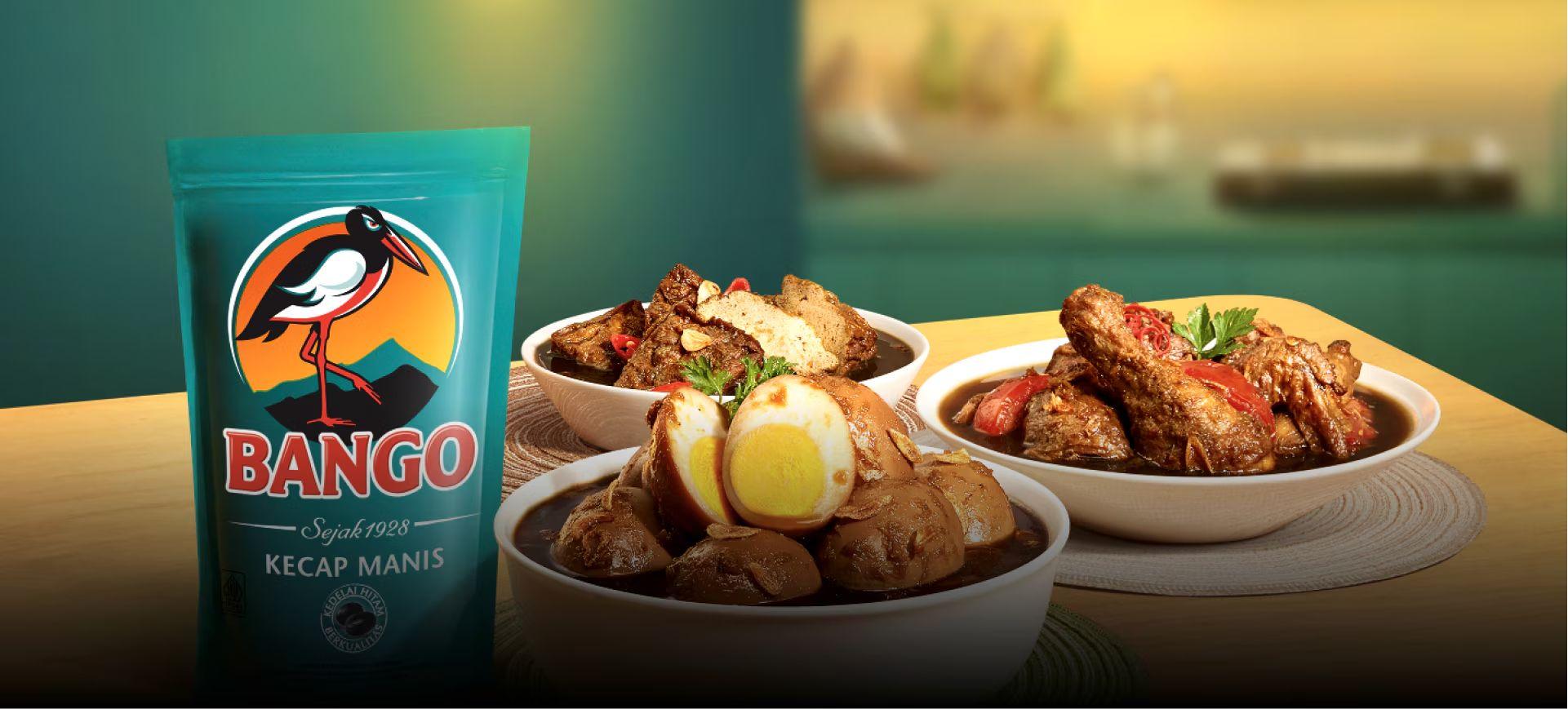
CAMPAIGN TACTICS
Campaign Tactics:
Recency Campaign:
● Re-engage customers who haven’t bought recently through personalized emails, SMS, social media ads, and in-store promotions.
● Use tactics like limited-time discounts or loyalty points for recent buyers to encourage repeat purchases.
Frequency Campaign:
● Launch a loyalty program offering points for every purchase of Kecap Bango, redeemable for discounts or exclusive recipes.
● Introduce bundle deals (e.g., buy 3 bottles, get 1 free) and limited-time offers during local festivals.
● Use gamification strategies, such as a recipe challenge with rewards for frequent purchases.
Monetary Campaign:
● Encourage larger purchases through upselling strategies, such as promoting family-sized bottles or combo packs.
● Cross-sell with complementary Unilever products, such as teas or snacks.
● Offer tiered discounts based on purchase size (e.g., 5% off for purchases over IDR 50,000, 10% off for over IDR 100,000).
Campaign Implementations:
Recency Campaign Tactics:
● Re-engage recent buyers with:
1. Personalized whatsapp chat:
■ Targeted recipes and offers based on past purchases.
Analyze Purchase History: Identify the most frequently purchased Kecap Bango products and related items (e.g., chicken, tofu, noodles).
■ Create Personalized Recipes: Develop unique recipes that incorporate these products. For example, if a customer frequently buys Kecap Bango Sweet Soy Sauce and chicken, send them a recipe for ie "Sweet Soy Chicken Stir-Fry..
2. In-store Promotions:
■ Product samples and discounts at point-of-sale.
Offer Tastings: Set up tasting stations in-store to allow customers to try new Kecap Bango products or recipes.
■ Provide Recipe Cards: Distribute recipe cards featuring dishes made with the sampled products.
3. Social Media Engagement:
■ Content focused on recipe ideas using Kecap Bango.
■ User-Generated Content: Encourage customers to share their Kecap Bango recipes on social media using a specific hashtag.
■ Featured Recipes: Regularly feature user-generated recipes and highlight them on our social media channels.
Campaign Implementations:
Frequency Campaign Tactics:
Loyalty Rewards Program
● Tiered System: Implement a tiered system where customers earn points at a faster rate as they increase their spending. This encourages repeat purchases and loyalty.
● Personalized Offers: Use customer data to send tailored rewards and offers based on their purchase history.
Cross-Promotions with Other Unilever Products
● Complementary Bundles: Offer bundles of products that are often used together, such as dish soap and dishwasher detergent or toothpaste and mouthwash. This can increase the average order value and encourage customers to try new products.
● Co-Branded Promotions: Partner with other Unilever brands to create joint promotions,
Limited-Time Offers
● Seasonal Sales: Offer discounts or promotions during specific seasons or holidays, such as a "Back-to-School" sale or a "Holiday Gift Guide."
● Flash Sales: Create a sense of urgency by offering limited-time flash sales with steep discounts. This can encourage customers to make immediate purchases.
Campaign Implementations:
Monetery Campaign Tactics:
Upselling Strategies
● Product Bundling: Offer complementary products at a discounted rate when purchased together. For example, a coffee shop could bundle a coffee with a pastry.
● Limited-Time Offers: Create a sense of urgency by offering exclusive deals for a short period.This could include limited-edition products or special discounts.
Promotions for Larger Packs or Premium Variants
● Family-Sized Deals: Offer larger quantities of products at a discounted price per unit, making them more attractive to families or individuals who consume a lot of the product.
● Premium Upgrades: Highlight the benefits of higher-tier products and offer incentives for customers to upgrade
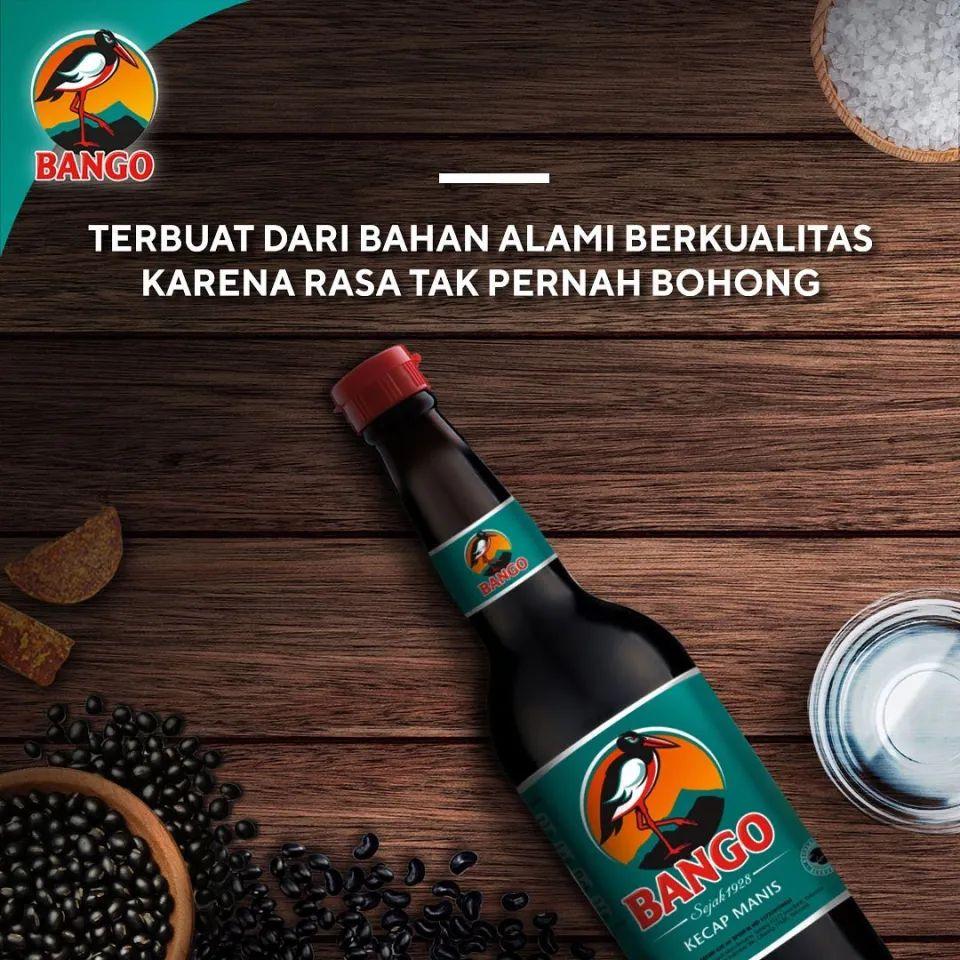
MEDIA PLAN
Media plan:
Owned Channels:
● In-store displays, flyers, recipe booklets, and loyalty cards.
● Kecap Bango website with recipes, product information, and promotional content.
● Social media platforms for customer engagement and awareness.
Paid Channels:
● Digital ads (Google, Facebook, Instagram) targeting high-intent keywords.
● Influencer partnerships with food bloggers and chefs.
● Out-of-home advertising in high-traffic areas and cooking events.
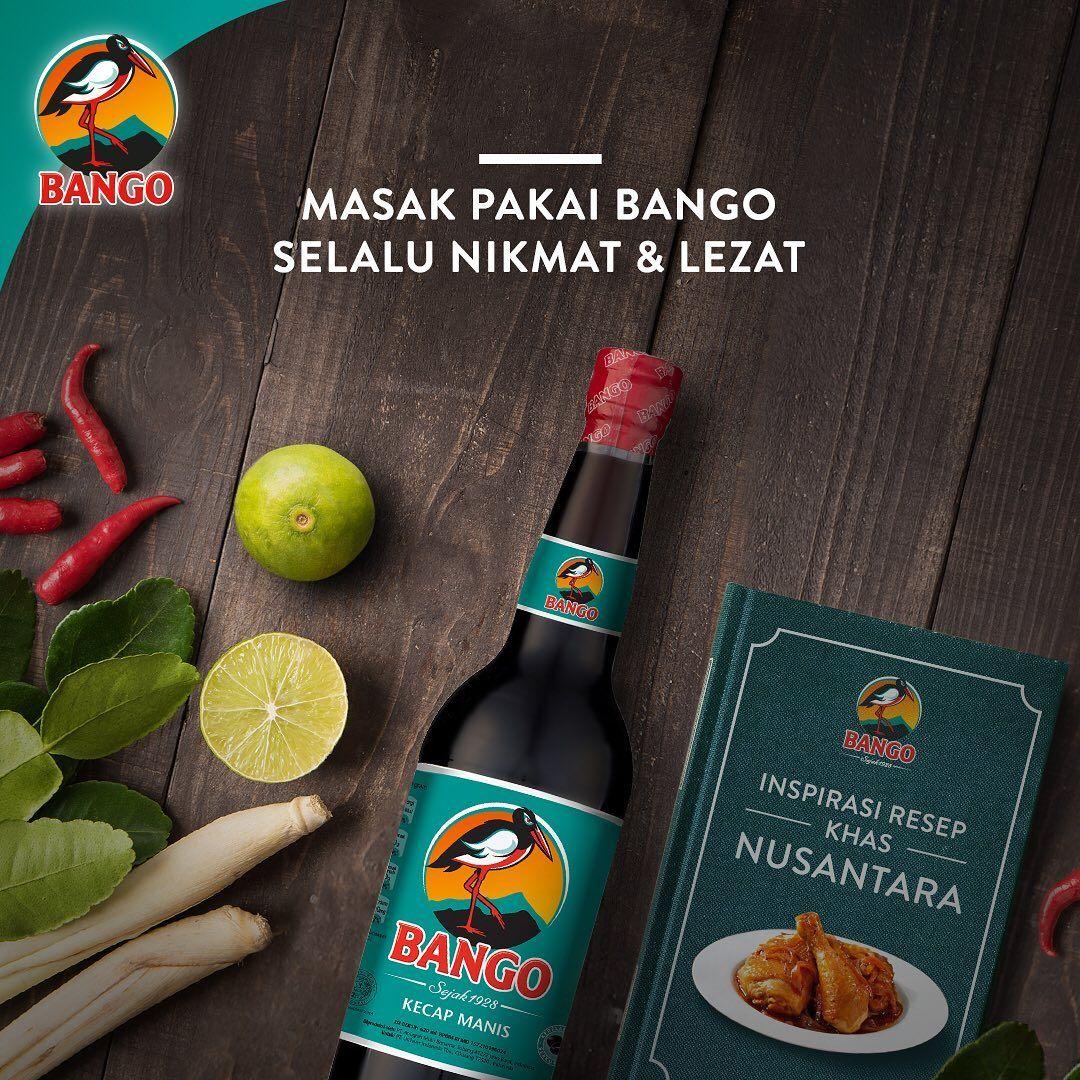
TIMELINE
Timeline Plan:
1. Phase 1: Preparation (Weeks 1-2)
○ Finalize RFM scoring criteria.
○ Develop creative content and promotional materials.
○ Segment the consumer base and set up data analytics tools. 2.
Phase 2: Launch and Monitor (Weeks 3-8)
○ Launch promotional campaigns.
○ Monitor performance and optimize in real-time.
○ Weekly performance reviews and adjustments.
3. Phase 3: Optimization and Scaling (Weeks 9-12)
○ Refine strategies based on data insights.
○ Scale up successful tactics and expand reach.
○ Conclude the campaign with a final push and compile insights for future initiatives.
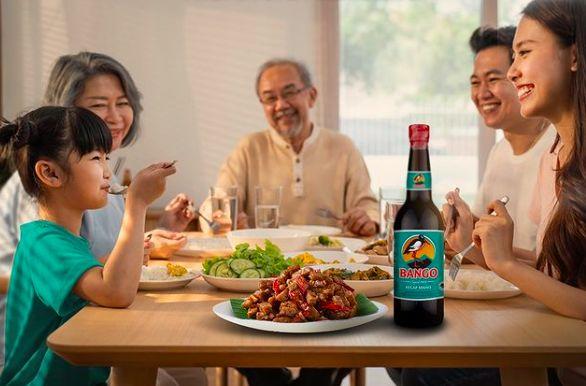
TIMELINE
1. Increase in brand penetration and market share:
Brand penetration from 30% to 40% within a year.
2.Growth in purchase frequency and average basket size:
20% increase in purchase frequency and a 15% increase in average basket size.
3.Improved customer retention rates:
Reduce customer churn from 15% to 10% within a quarter.
4.Engagement rates on digital platforms:
10% increase in likes, comments, and shares on its posts in during campaigns.
5.Conversion rates from promotions:
Increase the conversion rate from e commerce transactions to 5%.
